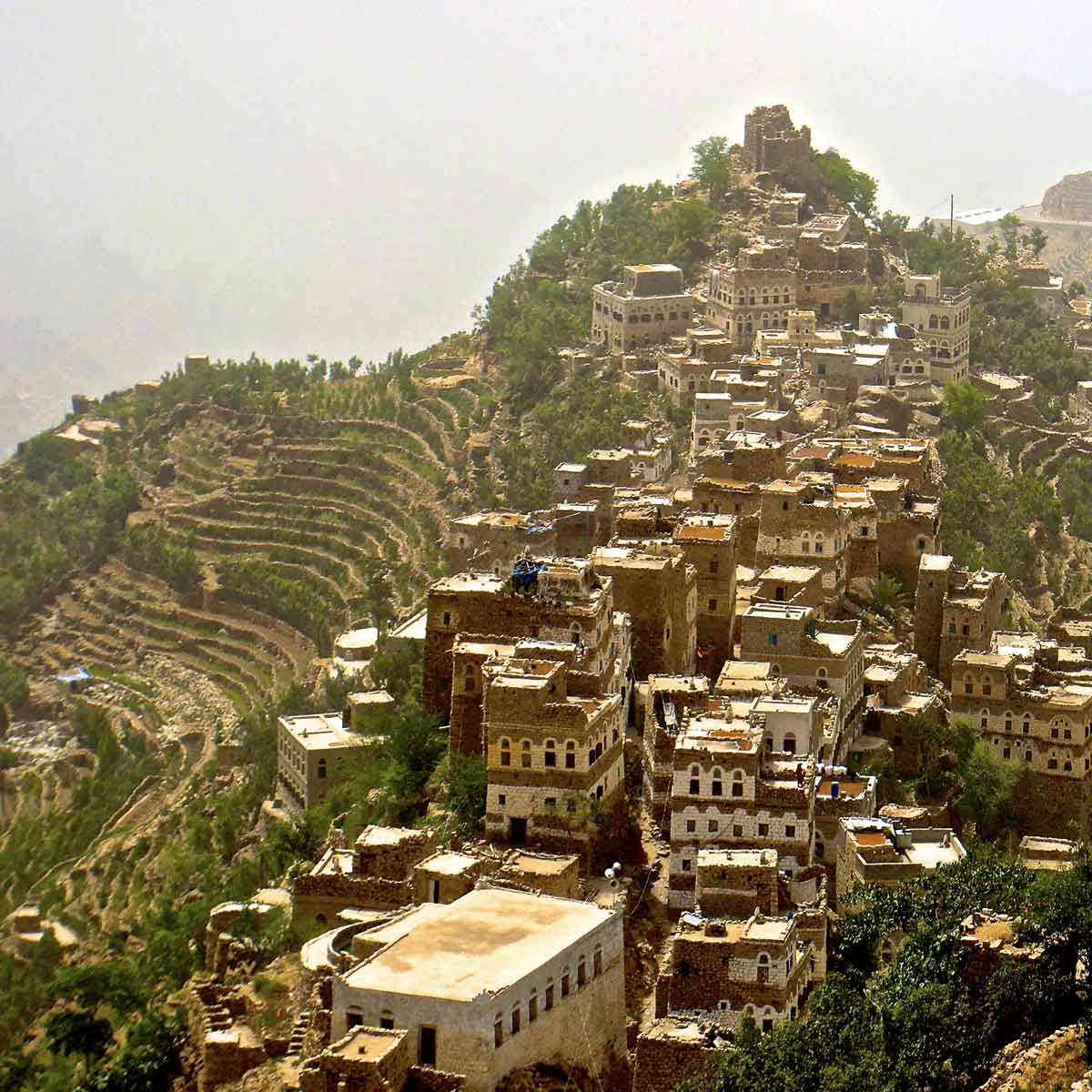In the rich tapestry of coffee’s history, Yemen holds a special place. It was from Yemen that the world first tasted coffee, and the roots of the global coffee trade dig deep into its soil. While historians debate the origin of coffee—Ethiopia or Yemen—one fact remains indisputable: without Yemen, coffee would be an unknown entity.
Historical records point to Yemeni Sufis in the early fifteenth century as the first to elevate coffee from a mere beverage to a social ritual, using it to stimulate their minds during nightly worship. Yemeni coffee stands as the epitome of quality and commands a staggering price, with a pound fetching $240 and a kilo commanding around $500. Europe and the United States are the primary importers, despite dwindling production.
Coffee thrives across Yemen, but certain regions have etched their names in coffee history. Among them, Haraz, renowned for its towering mountains, some reaching 3000 meters above sea level,Coffee is grown there at altitudes, some of which reach 2,600 meters above sea level and terraced gardens crafted by Yemeni hands, transforming the landscape into lush coffee farms.
Haraz is synonymous with picturesque houses rising above the clouds, their roofs adorned with vibrant hues mirroring the splendor of drying coffee berries scattered around. Historical accounts trace coffee cultivation in Haraz back over 500 years.
Our guide into the heart of Haraz was Abdul Latif Al-Jaradi, a certified coffee expert from quality coffee institute and founding shareholder of “Mocha Story” and “Coffee Story” companies exporting Yemeni coffee. Al-Jaradi has not only preserved endangered coffee varieties but also propagated them on a private farm with 300 thriving trees.

Haraz, according to Al-Jaradi, is divided into four distinct coffee-producing sections: eastern Haraz, western Haraz, Saafan, and Bani Ismail. Each region boasts its unique character and coffee profile, shaped by differences in terrain, environment, water, and soil.
Eastern Haraz coffee captivates with its unparalleled sweetness and fruitiness. In contrast, western Haraz coffee stands out with tropical fruity overtones, unique incense notes, intense sweetness, and exceptionally hard beans. Saafan coffee charms with its floral and sugary notes, while Bani Ismail coffee, often likened to chocolate, offers a blend of nuts, caramelization, and distinctive circular beans.
Haraz’s elevation, ranging from 1,700 to 2,600 meters above sea level, produces dense and sweet coffee beans. Al-Jaradi emphasizes that these heights are not just numbers but a testament to the careful cultivation on ancestral terraces.
Al-Jaradi identifies Al-Jaadi Al-Shirqi and Al-Jaadi Al-Daariti as prevalent in Haraz, with Saafan favoring the apple variety. Meanwhile, Bani Ismail boasts the Al-Khattab variety, renowned globally for its unique characteristics.
Despite being one of Yemen’s leading coffee producers, Haraz faces challenges from climate change. Al-Jaradi notes the reliance on traditional farming methods, with no machines intervening in plowing or harvesting. Coffee, akin to a family member, receives meticulous care, and the return mirrors the attention invested.
Recent changes in post-harvest practices, including selective harvesting and meticulous drying methods, have revived Haraz coffee’s reputation on the global stage.
In conclusion, Haraz remains a captivating chapter in the saga of Yemeni coffee. Its unique terroir, diverse coffee varieties, and the dedication of its cultivators echo through the ages. As climate change poses challenges, the resilience of Haraz’s coffee farmers keeps this ancient tradition alive, ensuring the world continues to savor the magic of Yemeni coffee.


